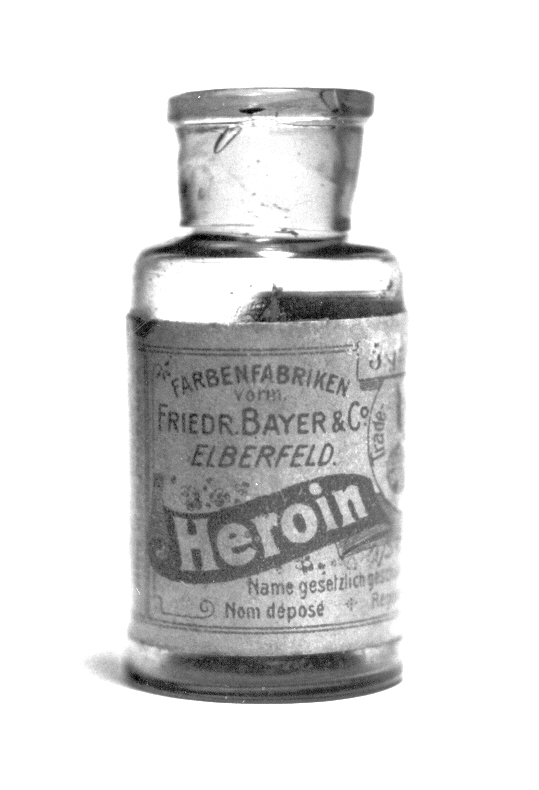Karen About Trademarks (Vid Review)
February 26, 2015
Who
Karen Sandler
What
Trademarks and Your Free and Open Source Software Project
Where
When
2014
The Gist
Trademarks are a complex part of law that usually must be considered along with copyright and patents
Karen Sandler explains parts of trademark law, especially relating to FOSS projects, through several historical and recent examples
She makes the case for trademarking as a way to protect the integrity of the brands of FOSS projects, but highlights when trademark enforcement may not be feasible or appropriate
The Good
- Many videos about law are made by people who aren’t as qualified as lawyers, so it’s nice to see a lawyer giving “free” advice
- Copyright is commonly confused with trademarking, which Sandler addresses aptly
- I completely forgot about GAIM, which I totally used back in the day!
The Bad
- I’m troubled by the hasty path that Sandler takes to justify that “all software must be free and open”
- The conclusion is anti-climatic and a bit too long
- Not enough discussion about specific actions when “forced” to defend your trademark
The Questions
- Sandler talks about open licensing your logo under copyright while still maintaining a trademark, but how would one legally go about that?
- If it is considered imperative to copyright FOSS work and acceptable to trademark it, why are patents not at all acceptable?
- Could somebody fork Debian and include Firefox instead of Iceweasel? Have other projects forked because of similar trademark disagreements?
There’s nothing else which evokes such excitement and joy as discussion of trademarks. Nothing quite piques a person’s interest like studying the law and dealing with government entities.
Okay, so maybe it’s hard to be sarcastic on the internet.
Did you know that heroin used to be a trademarked product, marketed as a non-addictive cough suppressant? It was supposedly a “heroic” version of morphine that would not addict its users. And, for a time, it was sold over-the-counter with the same legal trademark protection as any other brand-name product. Unfortunately for its seller and trademark holder, Bayer, the heroin brand-name suffered many blows, namely becoming illegal to possess or manufacture in most places in the world. You’d think that would have diminished the popularity of heroin, but if it weren’t made illegal, Bayer probably would have lost the trademark to genericide.
 Morphine + COCH3 = Totally not addictive!
Morphine + COCH3 = Totally not addictive!
Trademark law is the third (and arguably third-most important) member of the intellectual property legal triumvirate (see copyright and patents for the other two). While copyright and patents deal directly with the actual thing and methods for producing the thing, trademark law is relegated to the brand and identity of the thing. In a stark contrast to copyright and patents, trademark law puts the burden of enforcement largely on the owner of the trademark. Essentially, the person owning the trademark must care about it enough to the extent that they confront parties using the trademark without authorization.
I find it ironic that in a video about defending trademarks, Sandler has several of her own examples of doing the exact opposite. Particularly interesting is the Gaim example. As a child, I recall using Gaim before it became Pidgin, but I had completely forgotten about it until I watched the video. Few would argue that Pidgin is not a better name; it is! Even setting legal disputes aside, the aim in “Gaim” implies that it is an AOL Instant Messenger client. While it does do AIM, it also does so much more. Sandler’s was not wrong in surrendering that legal battle. “Gaim” was not a brand worth fighting for. The brand forged in its wake, Pidgin, is better in every way.
Perhaps the best way to learn how to defend trademarks is to learn when you shouldn’t, which the video excels at. Yet, as a lover of confrontation and fighting, I wanted more from it. I wanted more examples of vigorous legal fights involving FOSS projects. I was a bit disappointed there. Yet I can still take the lessons of the video, which works well as a companion learning tool to a chapter from the Software Freedom Law Center’s FOSS Primer, which I also reviewed.
Accepting trademarks is difficult because we are accustomed to unfettered free speech. Trademark laws are a sort of antithesis of that; they negotiate particular ways in which things should or should not be spoken about. And many times, we break those rules. We don’t ask for a facial tissue, we ask for a Kleenex. When we scrape our knees, we ask for a Band-Aid, even if it isn’t actually a Band-Aid®. And of course, when we alter digital photos, we “photoshop” them, rather than alter them digitally using digital photo manipulation software. In the war for brevity, sometimes trademarks become casualties.
Leave a Reply